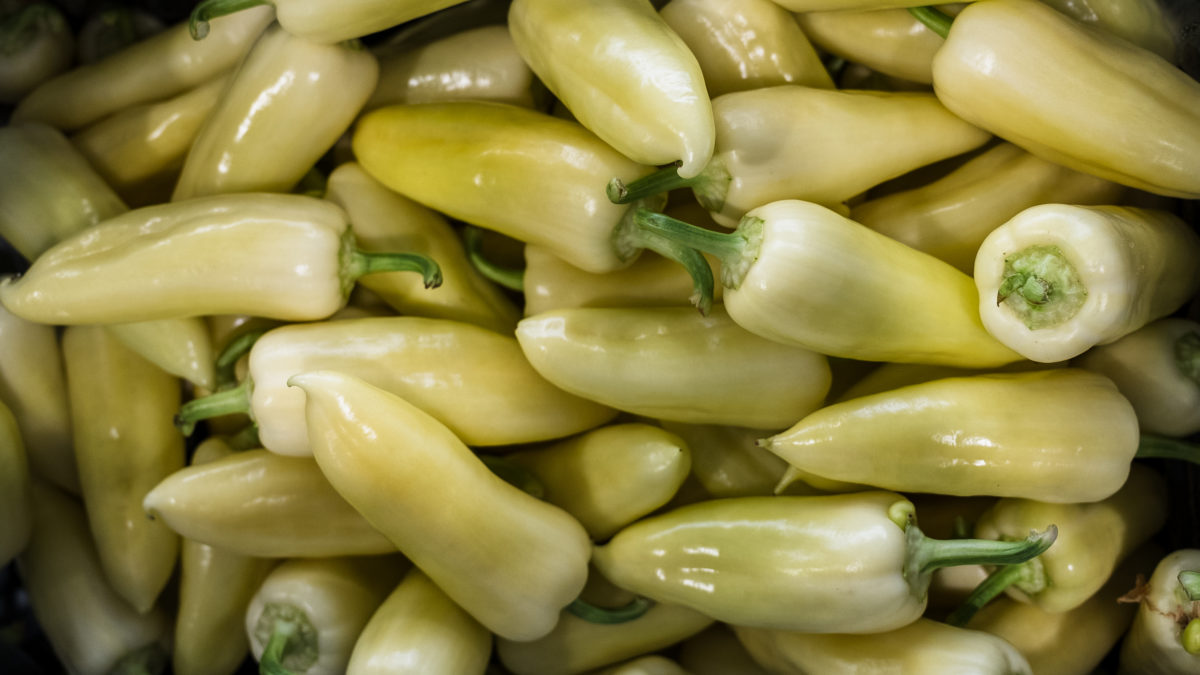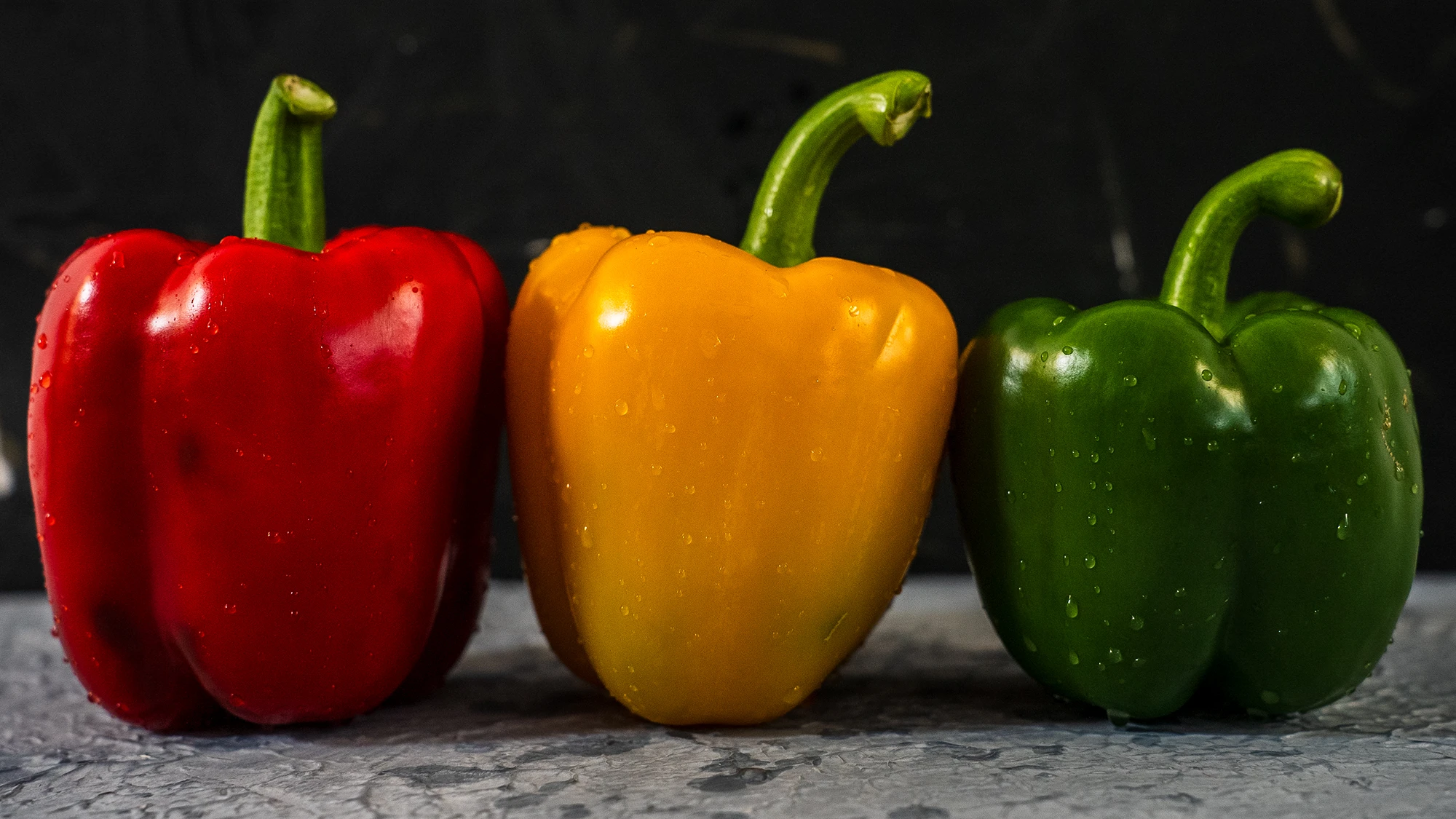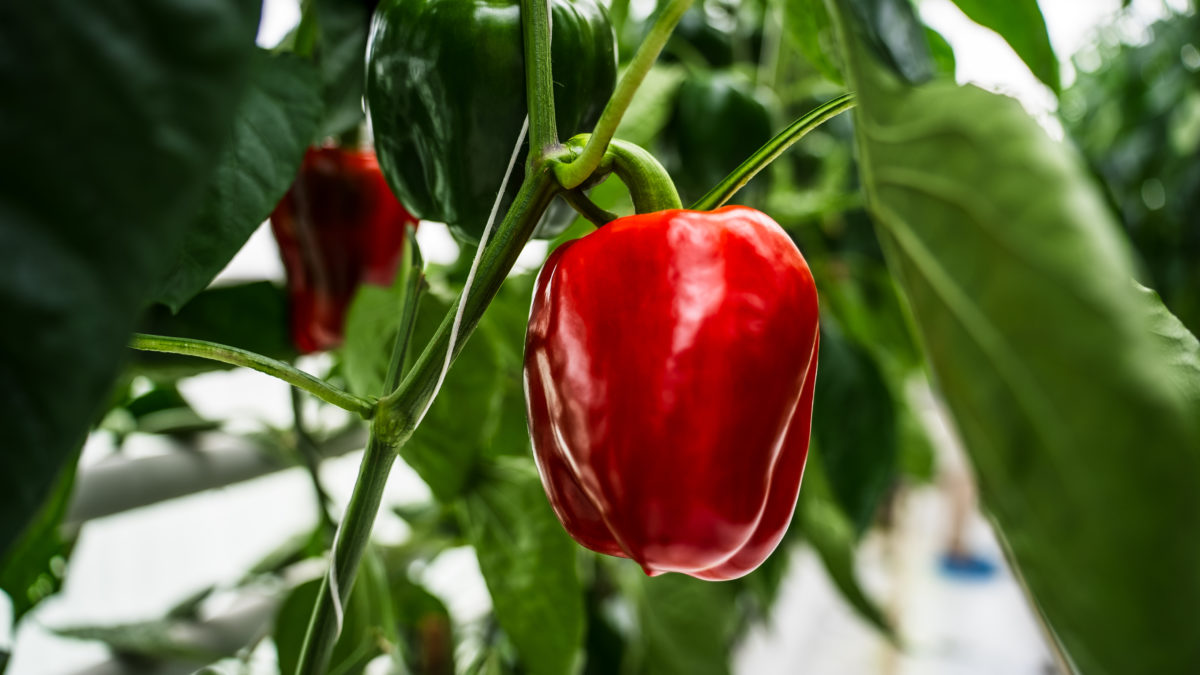Pepper
The history of green peppers dates back to Central and South America, where they were cultivated by indigenous peoples thousands of years ago. Later, through trade and exploration, Spanish explorers introduced them to Europe.
Chefs frequently use green peppers as colorful additions to salads, sandwiches, and vegetable platters. They are also common ingredients in cooked dishes around the world, from stir-fries in Asian cuisine to fajitas in Central and South America, as well as a variety of European dishes. With their unique flavor and vibrant color, green peppers enrich meals across cultures.

Hungarian Sweet Pepper
Hungarian Sweet Peppers are popular not only for their culinary versatility but also for their nutritional benefits. These pale-colored peppers are rich in vitamin C and antioxidants. The vitamins and nutrients they contain support the immune system and promote collagen production. They are also high in vitamin A, which contributes to maintaining healthy vision and skin. With their low calorie content and high fiber, Hungarian Sweet Peppers are an excellent choice for everyday health-conscious diets.

PCR Pepper
With their mildly spicy flavor, they serve as a bridge between hot and sweet pepper varieties. They contain essential vitamins and nutrients, making them a healthy addition to meals. These peppers are ideal for sandwiches and salads, and due to their larger size and thicker flesh, they are also excellent for grilling or stuffing. Their low capsaicin content allows them to add a touch of heat to dishes without being overwhelmingly spicy.

Hot Wax Pepper
Hot wax peppers are known for their sharp, spicy flavor. Their heat comes from a compound called capsaicin. Beyond their culinary appeal, spicy peppers may offer several health benefits, including boosting metabolism and stimulating perspiration. Some studies also suggest that capsaicin has anti-inflammatory properties. When consumed in moderation, hot peppers can contribute to overall wellness.

Bell Pepper
Bell pepper is one of the best-known and most popular sweet pepper varieties. With its vibrant colors—red, yellow, green, and orange—it adds brightness not only to the plate but to the entire dining experience. Its thick, juicy, and crunchy flesh is completely free of spiciness, making it an ideal choice for children and those with sensitive stomachs.
High in vitamin C, vitamin A, and antioxidants, bell peppers support the immune system, help protect cells, and promote healthy skin. Whether eaten fresh, in salads, grilled, or roasted, they are a perfect fit for modern cuisine.

Palermo Pepper
Palermo pepper belongs to the premium category of sweet peppers, known for its exceptionally rich, fruity aroma and thin yet juicy flesh. Its elongated, slightly twisted shape and vibrant red color give it a distinctive appearance.
It is excellent when eaten raw—in salads or sandwiches—but also delivers outstanding flavor when roasted or grilled, as the caramelization enhances its natural sweetness. Thanks to its high vitamin C and antioxidant content, it’s not only delicious but also a healthy choice. Its unique flavor profile makes it a favorite ingredient in gastronomy, particularly in Mediterranean-style dishes.





